Popular Plants That Look Amazing But Can Be Difficult to Grow
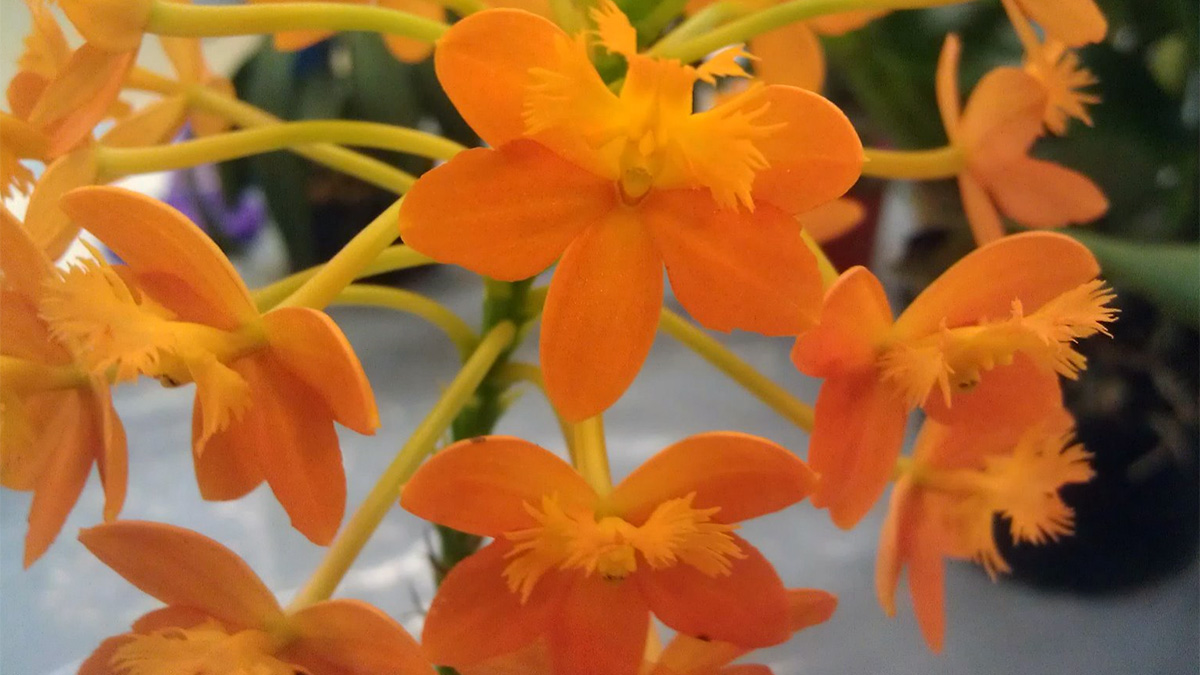
Many houseplants and garden favorites gain popularity for their stunning appearance, unique foliage, or vibrant blooms. However, not all beautiful plants are easy to care for. Some require precise watering schedules, perfect humidity levels, or specific lighting conditions that make them challenging for the average plant owner.
Before bringing home a plant based on looks alone, it is important to consider its maintenance needs. Some of the most visually appealing plants can quickly become frustrating to care for without the right environment and routine.
Fiddle Leaf Fig: A stunning but finicky houseplant

The fiddle leaf fig is prized for its bold, glossy leaves and ability to enhance any indoor space. However, it is highly sensitive to environmental changes, making it difficult to maintain. Even minor shifts in light, humidity, or temperature can cause leaf drop.
This plant thrives in bright, indirect light but suffers in low light or direct sun. Watering must be carefully managed—too much leads to root rot, while too little results in dry, crispy leaves. It prefers moderate humidity, requiring misting or a humidifier in dry conditions.
Fiddle leaf figs are also prone to pests like spider mites and mealybugs. Regular leaf cleaning helps prevent infestations. While beautiful, this plant demands consistent care and patience. For those willing to meet its needs, it can be a striking indoor feature.
Boston Fern: Beautiful but high-maintenance
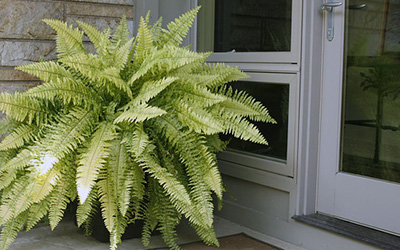
Boston ferns add a lush, tropical feel to any space with their feathery, cascading fronds, but they require consistent care to thrive. They are highly sensitive to dry indoor air, making them prone to browning and crisping, especially in homes with heating or air conditioning. Maintaining high humidity is essential, as these ferns naturally grow in warm, damp environments.
Keeping soil consistently moist without overwatering is key, as excess water can lead to root rot. Using a well-draining potting mix and placing the fern in a humid area, such as a bathroom or kitchen, helps prevent dehydration. Regular misting or a humidifier can also improve conditions.
To keep Boston ferns healthy, they should be placed away from direct sunlight and drafts. While their care demands are high, the reward is a lush, vibrant plant that enhances any indoor or outdoor space with its elegant, trailing foliage.
Gardenia: A stunning but finicky beauty
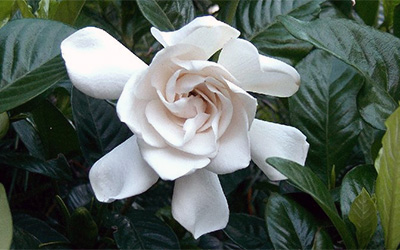
Gardenias are prized for their fragrant white blooms and glossy green foliage, making them a favorite in gardens and indoor spaces. However, they are notoriously difficult to maintain, requiring precise conditions to thrive.
These plants demand acidic, well-draining soil, consistent moisture, and warm, stable temperatures. Even slight fluctuations in humidity or watering can cause bud drop or yellowing leaves. They are also highly prone to pests like aphids and spider mites, requiring regular monitoring and treatment.
To keep gardenias healthy, they need regular feeding with an acid-loving fertilizer and protection from extreme conditions. While they reward experienced gardeners with breathtaking blooms, their high-maintenance nature makes them a challenging choice for beginners.
Orchids: Elegant but deceptively tricky
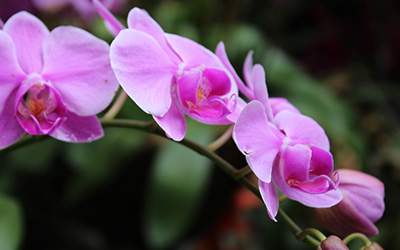
Orchids are admired for their exotic beauty and long-lasting blooms, but their care can be more challenging than it appears. They require bright, indirect light, high humidity, and good airflow to thrive. Too much sun can scorch their leaves, while low humidity can cause flowers to drop prematurely.
Unlike most houseplants, orchids need a special potting mix made of bark or moss for proper drainage. Their roots should dry out between waterings, as excess moisture leads to root rot, but allowing them to dry too much can cause wilting.
Maintaining the right balance of light, humidity, and watering is key to keeping orchids healthy and encouraging them to rebloom. While they can be rewarding for experienced plant owners, their specific needs make them a challenging choice for beginners.
Alocasia: A striking but high-maintenance plant
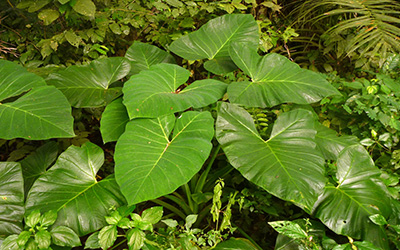
Alocasia plants are admired for their bold, architectural leaves, but they require precise care to thrive. They need bright, indirect light and high humidity, as dry air can cause curling or browning leaves. Regular misting or a humidifier can help maintain moisture levels.
Watering must be carefully managed—soil should be kept moist but not soggy to avoid root rot. Overwatering or underwatering can quickly lead to yellowing or leaf loss. Well-draining soil and a pot with drainage holes are essential.
Alocasia plants are prone to pests like spider mites and mealybugs, especially in dry environments. Regular inspections and cleaning can prevent infestations. They can also go dormant in colder months, causing leaf drop. While beautiful, Alocasia can be frustrating for beginners but rewarding for those willing to provide consistent care.
Croton: A vibrant but sensitive showstopper
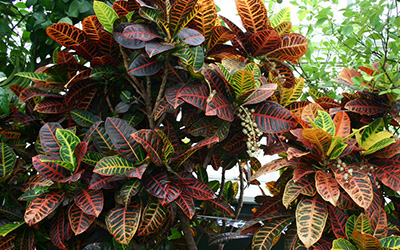
Croton plants are admired for their vibrant, multicolored foliage, adding a tropical touch to any space. While stunning, they require specific care to maintain their striking colors.
Highly sensitive to environmental changes, crotons react poorly to temperature shifts, drafts, or relocation, often dropping leaves in response. They need bright, indirect light to retain their bold hues but can scorch in direct sun or fade in low light.
These plants require consistently moist soil and high humidity, though overwatering can cause root rot. Using a humidifier, misting, or a pebble tray helps maintain moisture. Though high-maintenance, crotons reward dedicated plant owners with long-lasting color and bold foliage.
Maidenhair Fern: Delicate and demanding
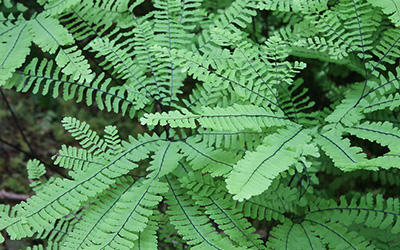
Maidenhair ferns are prized for their soft, lacy fronds, adding elegance to any indoor space. However, they are among the most high-maintenance ferns, requiring constant moisture and high humidity. Even brief dryness can cause their delicate leaves to wilt and brown, making consistent care essential.
These ferns thrive in indirect light and humid environments like bathrooms, terrariums, or areas with frequent misting. Dry indoor air from heating or air conditioning can quickly damage their fragile foliage. They need frequent watering, but overwatering can lead to root rot, making balanced moisture and drainage key.
With proper humidity, careful watering, and a stable environment, maidenhair ferns reward growers with lush, vibrant greenery. While not ideal for beginners or low-maintenance plant owners, they can be a stunning addition for those willing to meet their needs.
Calathea: A stunning yet temperamental beauty
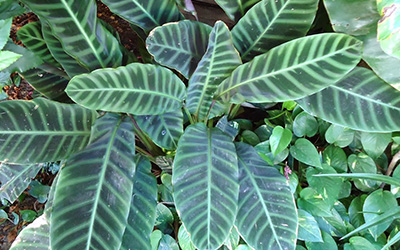
Calatheas are loved for their ornate foliage and rhythmic leaf movement, making them a standout in any plant collection. Their bold patterns and deep colors are stunning, but they require precise care to thrive.
Water quality is crucial, as tap water can cause browning leaf edges. Using filtered or distilled water prevents damage, while consistently moist but well-draining soil helps avoid root rot or crisping leaves.
These plants need bright, indirect light, as direct sun can fade their colors. High humidity and stable temperatures are essential, as dry air causes curling and brown spots. A humidifier, misting, or pebble tray can help maintain moisture.
For those who can provide soft water, humidity, and a controlled environment, calatheas reward with stunning foliage and dynamic leaf movement, adding a unique touch to any space.
String of Pearls: A delicate yet rewarding succulent

String of pearls is a cascading succulent known for its bead-like leaves, making it perfect for hanging planters. Despite its succulent nature, it requires careful watering and lighting.
Overwatering leads to root rot, while underwatering causes shriveling. Use a well-draining cactus mix and let the soil partially dry between waterings. Bottom watering helps protect delicate stems.
This plant thrives in bright, indirect light, too much sun will scorch the leaves, while too little causes leggy growth. A south or east facing window is ideal.
For those who monitor care closely, string of pearls is a rewarding plant. Though not as easy as other succulents, its trailing vines add beauty to any space.
Conclusion
Many plants gain popularity for their stunning looks, but some require more effort than expected to keep them thriving. Whether it is specific watering routines, humidity control, or sensitivity to environmental changes, these plants can be challenging for beginners or those with limited time for plant care.
Before bringing home a new plant, it is important to consider whether its maintenance needs align with your lifestyle. With the right care and patience, even high-maintenance plants can thrive, but there are always easier alternatives for those who prefer a more hands-off approach.
